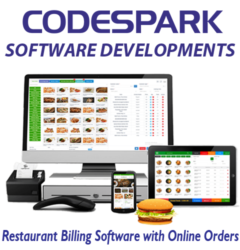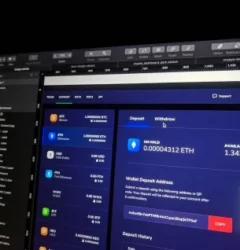23 May

What is Website
A website is a collection of web pages that are interconnected and accessible via the internet through a domain name. Each web page typically contains text, images, videos, and other multimedia content. Websites serve various purposes, ranging from providing information and services to enabling social interactions and online transactions.
Components of a Website
- Domain Name: This is the web address users type into their browsers to access the site (e.g., www.example.com).
- Web Hosting: This is the service that provides storage space and access to websites. It’s where all the website’s files are stored.
- Web Pages: Individual pages that make up the website, each usually containing a mix of text, images, and multimedia.
- Content Management System (CMS): Software used to create, manage, and modify content on a website without needing specialized technical knowledge (e.g., WordPress, Joomla).
- Design and Layout: How the website looks and feels. This includes the user interface (UI) and user experience (UX).
Types of Website
Mainly there are Two Types of website . they are
- Static Website
- Dynamic Website
Static Websites
Static websites consist of fixed web pages coded in HTML and CSS that display the same content to every visitor. The content does not change unless manually updated by a developer.
Characteristics.
- Content: Fixed and unchanged unless manually altered.
- Technology: Primarily HTML and CSS.
- Interactivity: Limited; usually no user interaction or server-side processing.
- Performance: Generally faster to load because pages are pre-built.
- Security: Less vulnerable to attacks since there is no server-side scripting.
- Cost: Cheaper to host and maintain.
Examples
- Personal portfolios.
- Informational websites.
- Small business sites with minimal content updates.
Use Cases
- When content changes infrequently.
- When quick loading times are crucial.
- For websites with a low budget for development and maintenance.
2. Dynamic Websites
Dynamic websites generate content on the fly, usually based on user interaction, using server-side scripting languages like PHP, ASP.NET, or JavaScript (Node.js). The content can change based on user input, preferences, or other factors.
Characteristics
Content :Can change dynamically based on various factors (user interaction, database updates, etc.).
Technology: Combines HTML/CSS with server-side scripting languages and databases (e.g., PHP, ASP.NET, JavaScript, SQL).
Interactivity: High; includes forms, login systems, interactive features, and personalized content.
Performance: May be slower than static websites due to real-time content generation and database queries.
Security: More vulnerable to security threats (e.g., SQL injection, XSS) but can be managed with proper security measures.
Cost: More expensive to develop, host, and maintain due to complexity.
Examples:
- E-commerce sites.
- Social media platforms.
- Content management systems (CMS) like WordPress.
- Online forums and communities.
Use Cases:
- When content needs to be updated frequently.
- For websites requiring user interaction and personalization.
- For businesses needing complex functionalities like user accounts, real-time updates, and database interactions.
Additional Types Based on Content Management
CMS-Based Websites:
Built using Content Management Systems like WordPress, Joomla, or Drupal.
Allow non-technical users to manage and update content easily.
Can be either static or dynamic depending on the implementation and plugins used.
Single-Page Applications (SPAs):
Built using JavaScript frameworks like React, Angular, or Vue.js.
Load a single HTML page and dynamically update content as the user interacts with the app.
Often used for highly interactive web applications.
E-commerce Websites:
Specifically designed for selling products or services online.
Includes features like shopping carts, product catalogs, and payment gateways.
Typically dynamic, as they require constant updates and user interaction.
Portfolio Websites:
Showcases an individual’s or company’s work and achievements.
Can be static or dynamic, depending on the need for content updates and interactivity.
Blogs:
Focused on content publishing and often updated regularly.
Can be built on CMS platforms for easy content management.
Typically dynamic to allow for frequent updates and user interaction (comments, likes).
Landing Pages:
Standalone pages designed for specific marketing campaigns or product promotions.
Often static but can be dynamic if personalized content or forms are needed.
Choosing the Right Type
When deciding between static and dynamic websites, consider the following:
Content Update Frequency: Static for infrequent updates, dynamic for frequent updates.
Interactivity: Static for minimal interaction, dynamic for high interactivity.
Budget: Static for lower budgets, dynamic for higher budgets.
Technical Skills: Static for simpler skills, dynamic for more advanced development.
By understanding these types, you can make informed decisions about which kind of website best suits your needs and goals.


